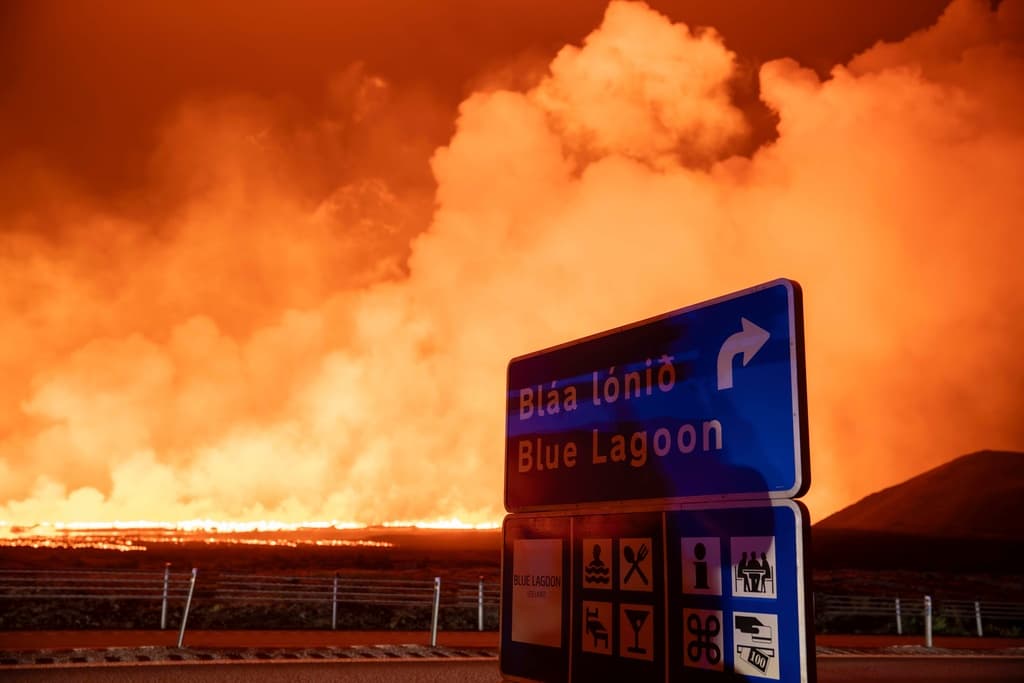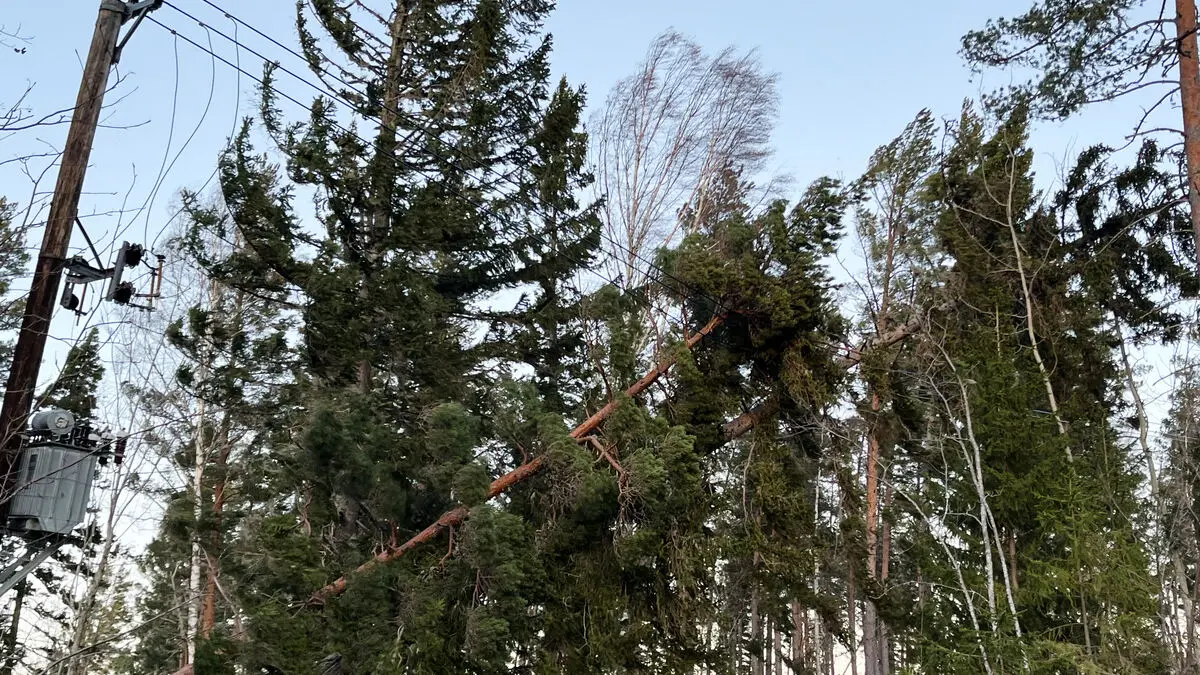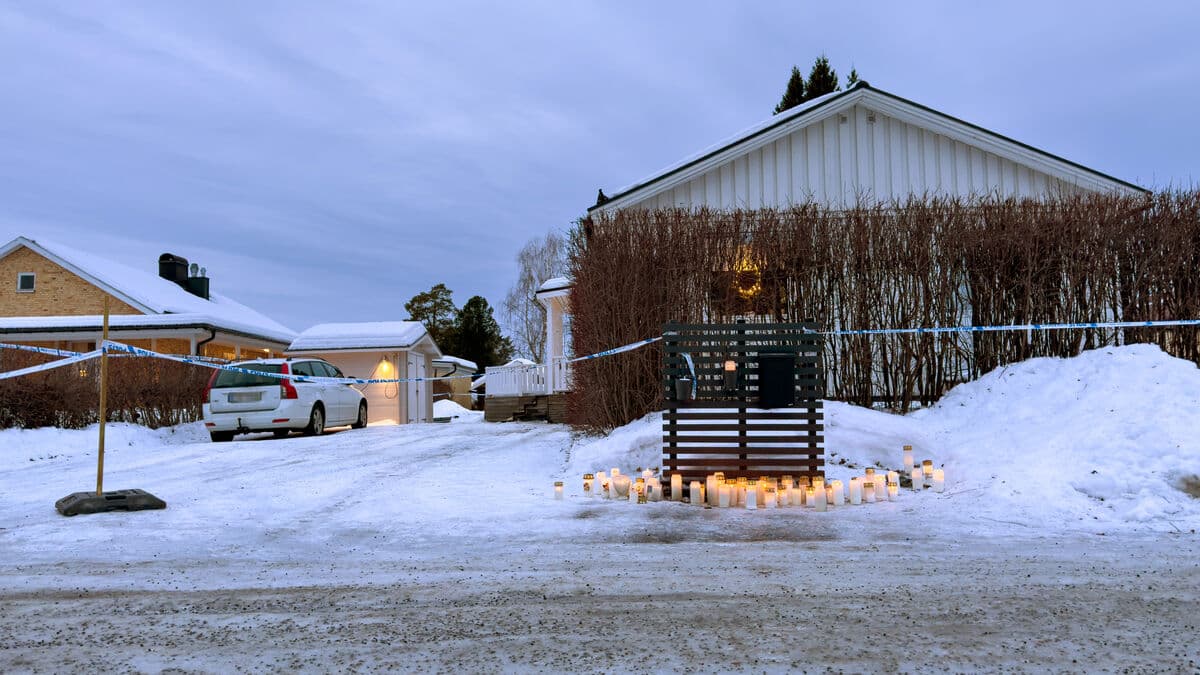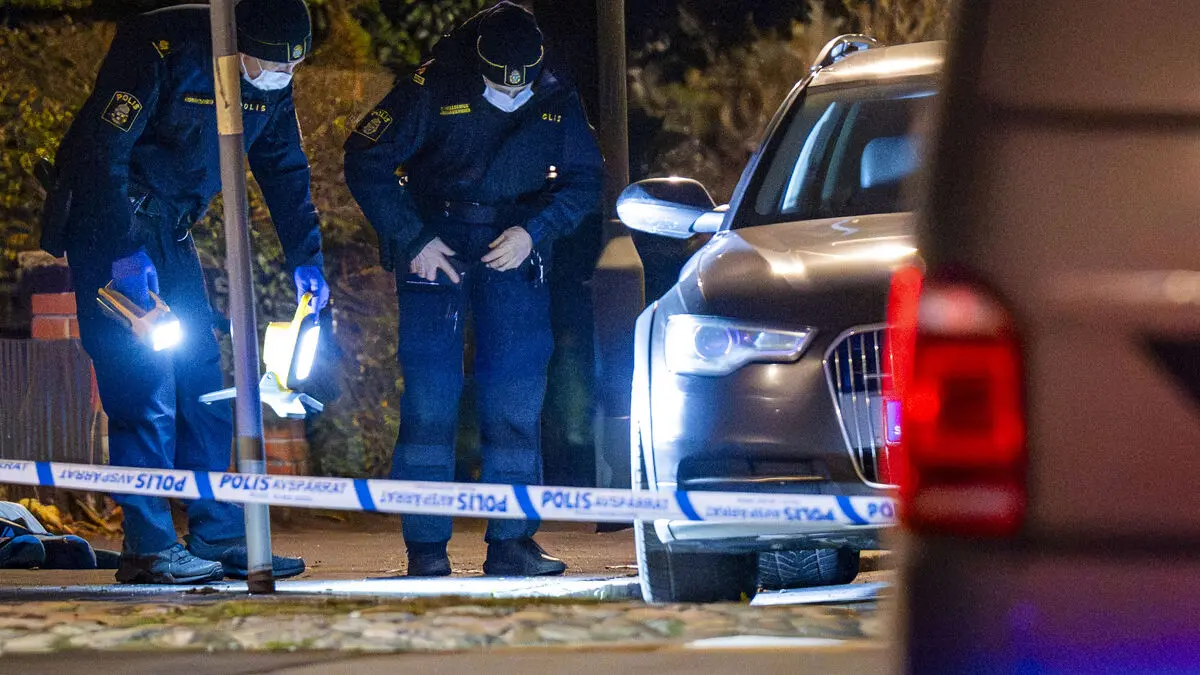Air traffic to and from Iceland is not affected by the eruption, according to airport operator Isavia on its website.
This is the sixth eruption on Iceland since December – and the residents of Grindavík have by now got a routine for evacuating their homes. This time, there were not many people in the area, with just over 20 houses inhabited.
Visitors staying at a hotel near the popular tourist destination Blue Lagoon have also been evacuated.
About 100 people were staying at the hotel, says regional police chief Úlfar Lúdviksson to public service company Rúv.
Photos show lava and smoke spreading from the eruption. It only took half an hour between the area being evacuated and the eruption occurring – an unusually short time. Despite this, all residents in the area were evacuated without problems.
Nearly four kilometers
"An eruption has started at the crater row Sundhnúksgígar east of Sýlingafell", writes the Icelandic Meteorological Office Vedurstofa on its website.
It was just before 9 pm on Thursday evening, local time, that a series of small but intense earthquakes were measured in the crater row Sundhnúksgígar. About half an hour later, at 21:26, the eruption occurred.
By half past ten, the crack spewing lava was about 3.9 kilometers long.
"It has thus been extended by 1.5 kilometers in about 40 minutes", writes Vedurstofa on its website.
The crack stretches just as far north as it did during the large eruption in December last year. The difference is that the seismic activity this time is mainly in the northern part of the crack and not in the southern.
"Good news"
This means that the lava is flowing east and west from the eruption, but not towards Grindavík.
So if this continues as expected, no lava will flow towards Grindavík. I think we must see it as good news, says Magnús Tumi Gudmundsson, professor of geophysics, to Rúv.
At the same time, he adds, much can still happen and it is necessary to closely monitor the eruption.
But generally, it is a more favorable position than last time, he says.
Just after 22:30, another earthquake occurred, measuring magnitude four, the largest since December last year.
The boundary between the North American and Eurasian tectonic plates runs straight through the island nation of Iceland.
This means that the country has extremely high geological activity. For example, a volcanic eruption in the 1700s led to a quarter of the population losing their lives.
Usually, the eruptions are smaller and cause no major damage if they occur in sparsely populated, mountainous areas of the country.
But modern society is sensitive in new ways – when Eyjafjallajökull on Iceland's south coast spread ash over Europe in the spring of 2010, air traffic was shut down for several weeks.





